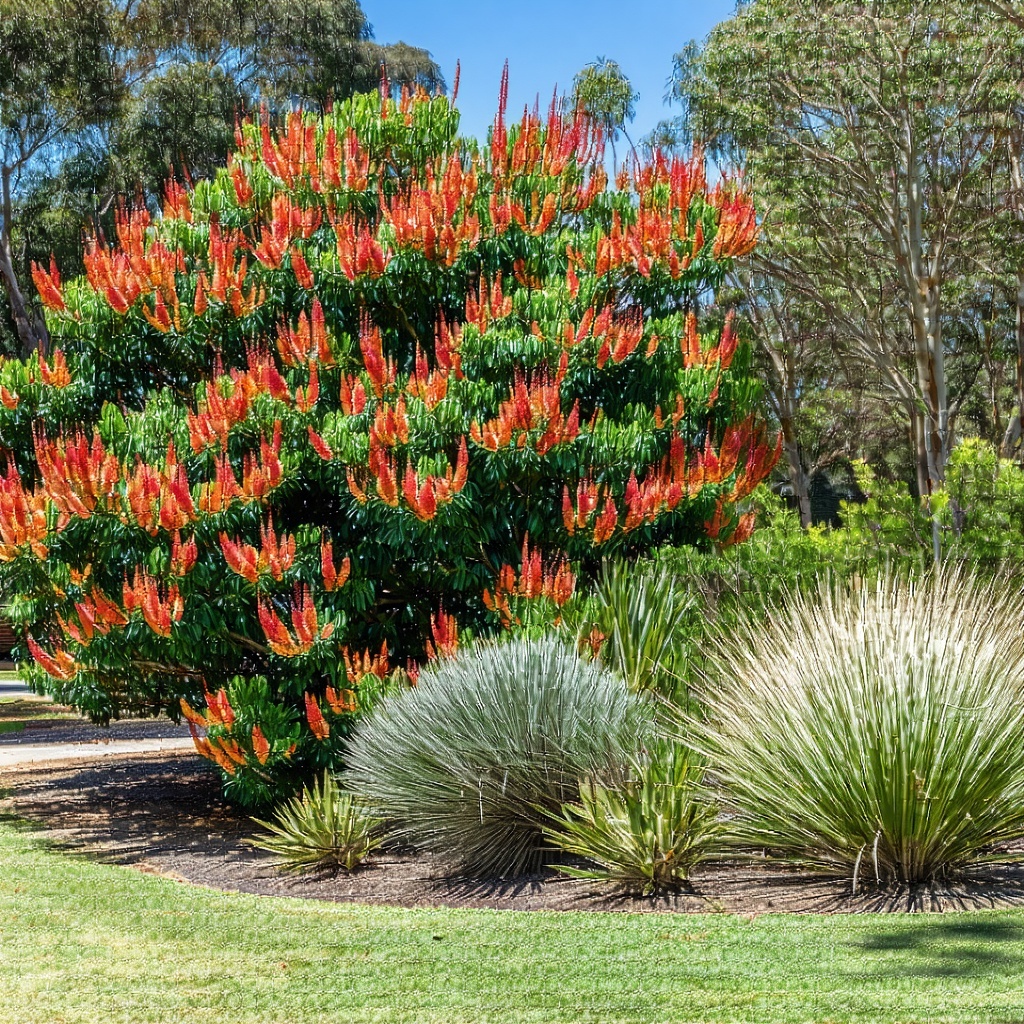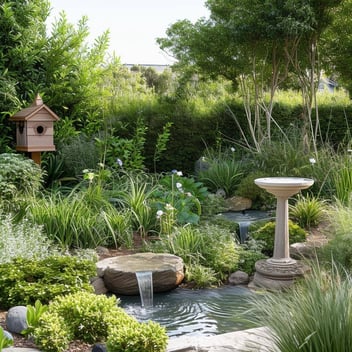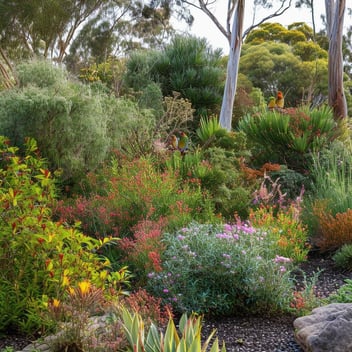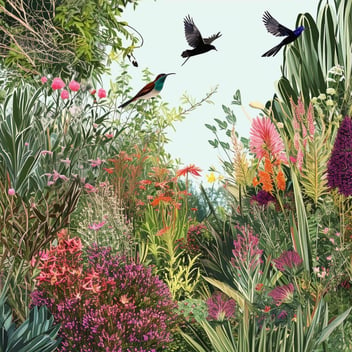A Guide to Bird-Loving Plants for SEQ’s Climate
Introduction
South East Queensland (SEQ) boasts a rich tapestry of native bird species, each contributing uniquely to the region's biodiversity. Creating a garden that attracts and supports these avian visitors not only enhances the aesthetic appeal of your outdoor space but also plays a crucial role in conserving local wildlife. Understanding SEQ's subtropical climate is essential in selecting plants that will thrive and provide the necessary resources for birds.
Understanding SEQ's Avian Diversity
SEQ is home to a plethora of bird species, including honeyeaters, lorikeets, and various parrots. These birds have specific dietary preferences, favoring nectar, seeds, and fruits. Additionally, they require suitable shelter and nesting sites to thrive. By selecting plants that cater to these needs, gardeners can create an inviting environment for a diverse range of birdlife.
Selecting the Right Plants
Opting for native plants is paramount in supporting local wildlife. These plants are adapted to SEQ's climate, requiring less water and maintenance compared to non-native species. Native flora provides authentic food sources and shelter, ensuring that birds have access to the resources they need year-round. Incorporating a variety of plant types, including trees, shrubs, and groundcovers, can offer multiple layers of habitat for birds.
Top Bird-Attracting Plants for SEQ Gardens
-
Grevillea 'Superb': This compact shrub produces vibrant red and orange flowers year-round, attracting honeyeaters and lorikeets. Its dense foliage also provides excellent shelter.
-
Callistemon (Bottlebrush) species: Known for their striking red flowers, bottlebrushes are a favorite among nectar-feeding birds. They also offer nesting sites for various species.
-
Banksia species: Banksias produce large, nectar-rich flowers that attract a variety of birds, including honeyeaters and parrots. Their woody seed pods provide food during drier months.
-
Hakea species: These shrubs offer dense foliage for shelter and produce nectar-rich flowers that attract birds like the eastern spinebill.
-
Melaleuca species: Commonly known as paperbarks, these trees produce clusters of white or pink flowers that attract nectar-feeding birds and provide nesting sites.
Designing a Bird-Friendly Garden
To create a welcoming environment for birds, design your garden with layers of vegetation. Tall trees can provide canopy cover, while mid-sized shrubs offer shelter and food sources. Groundcovers can attract insects, serving as a food source for insectivorous birds. Incorporating water features, such as birdbaths or shallow ponds, can provide drinking and bathing opportunities. Additionally, leaving areas of undisturbed ground can offer potential nesting sites.
Maintaining a Thriving Habitat
Regular maintenance is essential to ensure the health of your bird-friendly garden. Prune plants to encourage new growth and remove any dead or diseased material. Avoid using pesticides, as they can harm both birds and beneficial insects. Providing supplementary food sources, such as native seed mixes, can support bird populations during lean periods. Monitoring bird activity can also help identify which species are visiting and any additional resources they may require.
Conclusion
Cultivating a bird-friendly garden in SEQ is a rewarding endeavor that contributes to the conservation of local wildlife and enhances the beauty of your outdoor space. By selecting appropriate native plants, designing a layered habitat, and maintaining a healthy environment, you can attract a diverse array of bird species to your garden. Engaging with local environmental groups and initiatives can further support your efforts and provide valuable resources for creating a sanctuary for birds.




